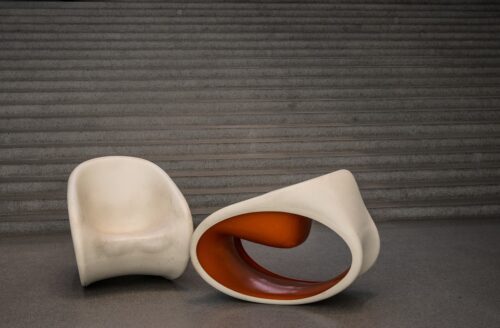What inspires you? Right now I am gaining inspiration from Habitat: The Field Guide to Decorating by Lauren Liess.
I know, I know. Last post I wrote about how home decorating is not one of my top priorities. So what am I doing reading a decorating book filled with gorgeous photos of perfect houses?
Why am I leafing through the book filled with beautiful photos of perfect homes? My goal isn’t to drool over designer furniture and one-of-a-kind lighting fixtures. (Although I may do a little of that.) My main purpose is to learn and be inspired. For example:
- Looking at quality art of any form feeds the creative reservoir. Our subconscious brain soaks in everything around us and uses it to spark creative ideas. The more varied our inputs, the better.
- Good design principles apply across mediums. That means I might learn something in a home decorating book that will help me create nicer-looking blog post graphics or Pinterest images.
- I am intentional about seeking to learn new things. I may never develop a decorator’s eye, but I can always learn something that will help me make my house a place that sparks joy in my soul and is pleasing to those who visit.
Here are a few of the insights I gleaned from the book about decorating along with my thoughts on how they apply to other areas of life.
Use simple words to describe complicated attributes. Rather than using technical terms or ultra-specific descriptors, the author uses simple words like curvy or straight to define the style of a house’s decor. This takes decorating out of the realm of experts and enables ordinary people to grasp the basics. We tend to over-complicate things, which then intimidates us from trying. I’ll be on the lookout for simpler words to describe things in the future.
Don’t fight the “bones”. Decorating works best when we work with the structure and architectural style of the house rather than trying to make it into something it’s not. A skilled designer can create a melding of styles, but they work with rather than against the “bones” of the house. The more we try to disguise the underlying reality instead of accepting and working with it, the more unnatural and forced the results will be.
Writing a concise vision statement makes decisions easier. I’ve mentioned before that asking “Does this spark joy?” helps me make good purchasing decisions, especially with clothes. But “sparking joy” is a bit vague for a project like home remodeling. The author has a nifty guide in the back that helps readers create a clear and concise vision for their home’s decor. Once you have a vivid description of the look and feel you want, it’s easier to assess any single item—Does this lamp or faucet fit with my decor vision? Yes or no.
Function is as important as beauty. A beautifully decorated house may look good on glossy paper, but if it doesn’t suit the needs of the residents, it’s not good design. Therefore, the author includes tips throughout on practical things. For example, she reminds readers to include a table or other surface within reach of every chair or sofa so people have a place to put their book or mug of tea. In a similar fashion, a book filled with beautiful sentences and no plot isn’t worth reading. We shouldn’t get sidetracked making thing beautiful before we’ve ensures the content or basic functionality is up to par.

Think outside the obvious. The book showcased some design choices I would not have thought of, such as wallpaper on the ceiling. We can get stuck into thinking that wallpaper only goes on walls. Books like this can expand our thinking, which expands the possibilities.
The anxiety test. The author asserts that if design choices aren’t making you a little nervous, you aren’t pushing yourself to be as original as you can be. This concept applies to most of life. Taking risks in any area of life make us nervous, but without taking risks we’ll never move from the tried-and-true to the brilliantly original. Or, as my husband used to say about skiing, “If you aren’t falling, you aren’t learning.”
This is not an emergency. To balance the risk-taking, the author reminds readers that a home decorating disaster is not a life-or-death emergency. Home decorating is a luxury that many in this world cannot afford. Many of the frustrations and disappointments we face are non-life-threatening. When things go wrong in our lives, it’s always helpful to step back and regain perspective instead of feeling like the world has just come to an end.
I hope my discoveries taught you a thing or two about decorating, and also inspired you in some other way. May you see beauty in your life this week.

